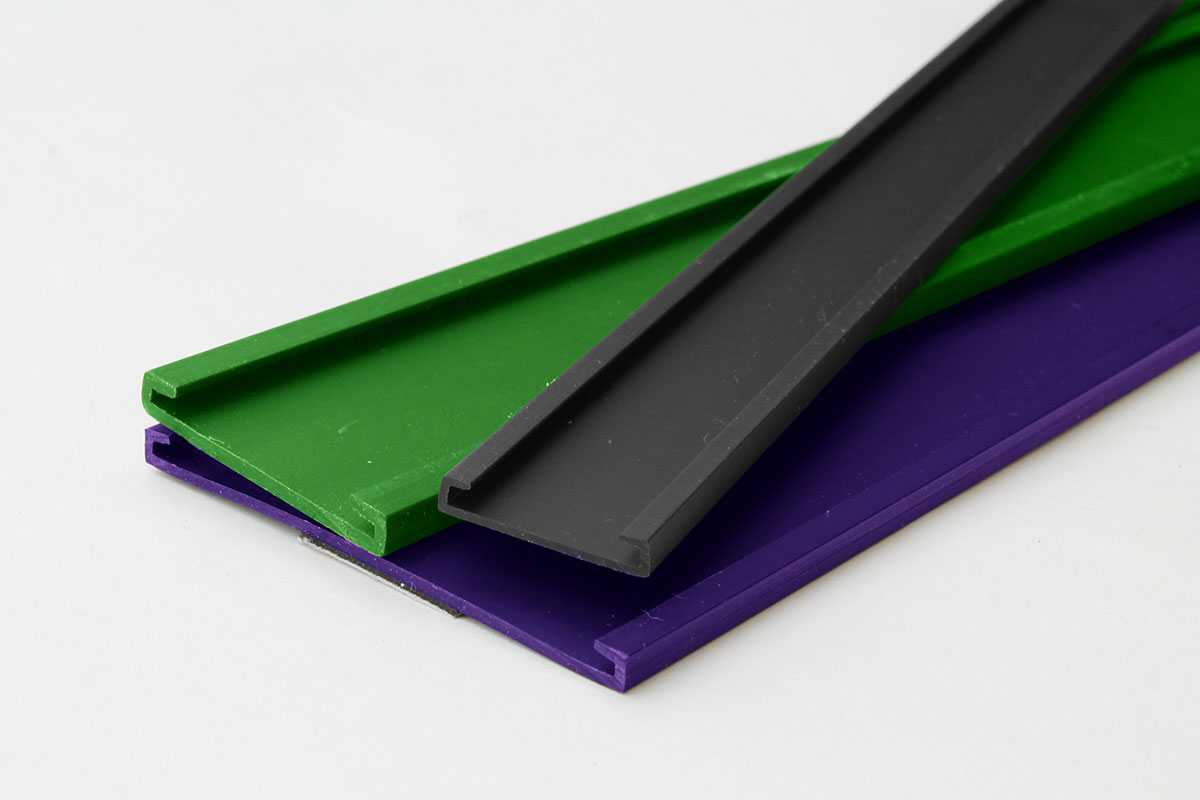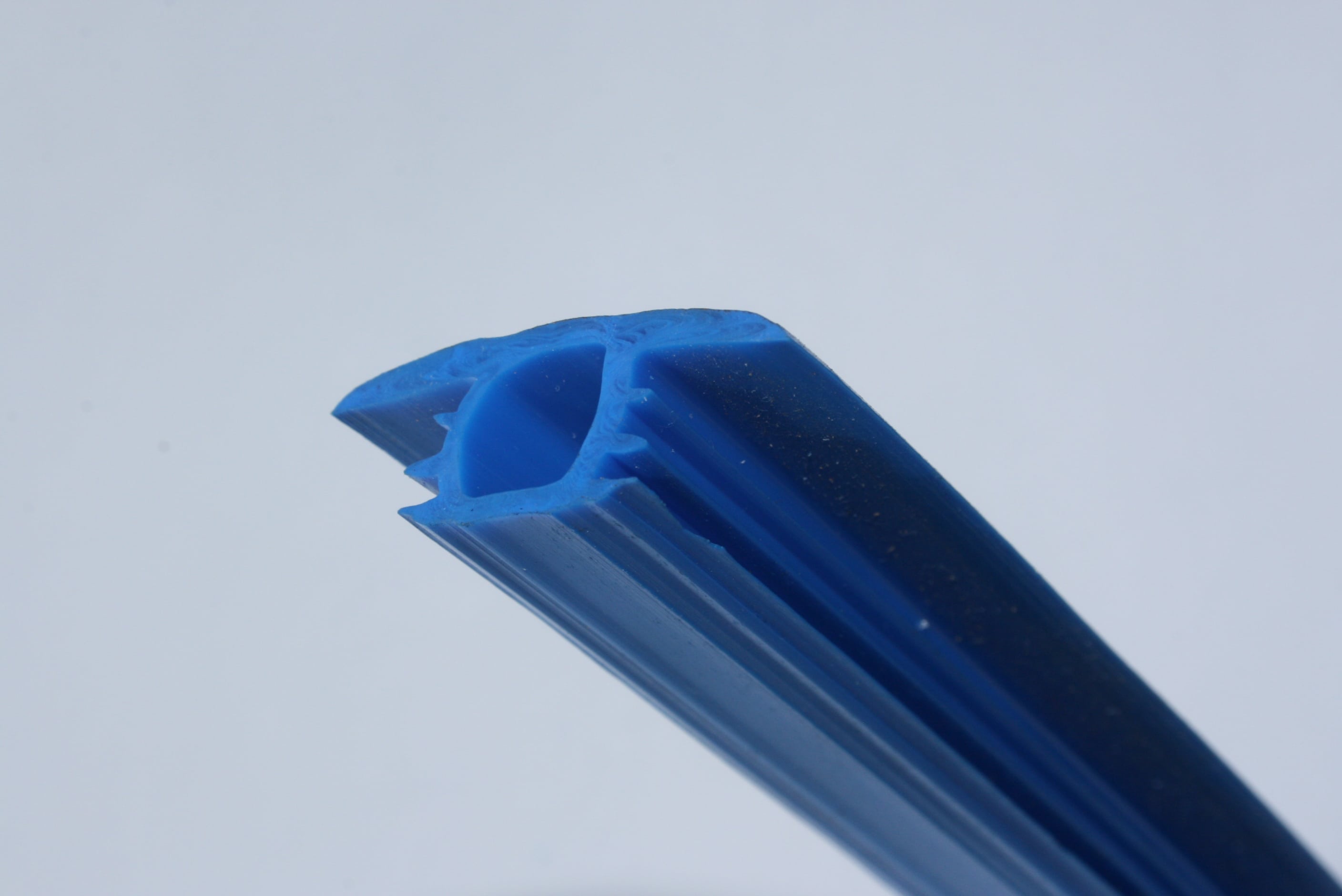Plastic extrusion for creating even, premium parts
Plastic extrusion for creating even, premium parts
Blog Article
Recognizing the Essentials and Applications of Plastic Extrusion in Modern Production
In the realm of modern production, the technique of plastic extrusion plays an important function - plastic extrusion. This intricate procedure, including the melting and shaping of plastic via specialized dies, is leveraged across different industries for the development of diverse products. From vehicle parts to durable goods packaging, the applications are substantial, and the capacity for sustainability is just as outstanding. Unwinding the fundamentals of this procedure reveals real versatility and possibility of plastic extrusion.
The Principles of Plastic Extrusion Process
While it may show up facility, the basics of the plastic extrusion procedure are based upon fairly simple concepts. It is a production procedure wherein plastic is thawed and after that formed into a continual profile through a die. The raw plastic product, typically in the form of pellets, is fed right into an extruder. Inside the extruder, the plastic undergoes warmth and pressure, creating it to thaw. The molten plastic is after that forced through a shaped opening, referred to as a die, to form a long, continuous product. The extruded product is cooled down and then cut to the wanted size. The plastic extrusion procedure is thoroughly made use of in various industries as a result of its adaptability, cost-effectiveness, and effectiveness.
Various Kinds Of Plastic Extrusion Strategies
Structure upon the fundamental understanding of the plastic extrusion process, it is required to explore the numerous methods associated with this production approach. Both primary methods are profile extrusion and sheet extrusion. In account extrusion, plastic is melted and developed into a continual profile, usually utilized to develop pipelines, rods, rails, and window frameworks. In comparison, sheet extrusion develops large, level sheets of plastic, which are normally further refined into products such as food product packaging, shower drapes, and car components. Each technique needs specialized machinery and accurate control over temperature level and pressure to ensure the plastic maintains its shape during cooling. Comprehending these techniques is key to utilizing plastic extrusion successfully in modern-day manufacturing.

The Function of Plastic Extrusion in the Automotive Sector
A frustrating majority of components in contemporary cars are items of the plastic extrusion procedure. This procedure has actually changed the auto market, changing it into an extra effective, economical, and adaptable manufacturing market. Plastic extrusion is mostly used in the production of various automobile elements such as bumpers, grills, door panels, and control panel trim. The process gives an uniform, regular outcome, enabling producers to create high-volume get rid of look at this web-site excellent precision and marginal waste. The agility of the extruded plastic components contributes to the overall decrease in automobile weight, improving fuel effectiveness. The toughness and resistance of these parts to warm, cold, and impact boost the durability of automobiles. Thus, plastic extrusion plays a crucial role in vehicle manufacturing.

Applications of Plastic Extrusion in Customer Product Manufacturing
Past its substantial effect on the automotive market, plastic extrusion shows similarly efficient in the world of durable goods manufacturing. This process is essential in developing a wide array of items, from food packaging to house home appliances, toys, and also medical devices. The flexibility of plastic extrusion allows producers to create and create complicated sizes and shapes with high accuracy and effectiveness. Due to the recyclability of several plastics, extruded components can be recycled, reducing waste and expense (plastic extrusion). The versatility, versatility, and cost-effectiveness of plastic extrusion make it a recommended option for numerous durable goods producers, contributing dramatically to the sector's growth and technology. The environmental implications of this prevalent usage require cautious factor to consider, a topic to be discussed even more in the subsequent section.
Ecological Impact and Sustainability in Plastic Extrusion
The pervasive use plastic extrusion in manufacturing invites examination of its environmental ramifications. As a process that often uses non-biodegradable products, the ecological impact can be significant. Energy intake, waste manufacturing, and carbon emissions are all issues. Nonetheless, market innovations are raising sustainability. Effective machinery reduces energy use, while waste management systems recycle scrap plastic, decreasing basic material needs. Furthermore, the development of naturally degradable plastics provides a more eco pleasant choice. In spite official website of these enhancements, additionally click for more development is required to reduce the ecological footprint of plastic extrusion. As society leans towards sustainability, producers have to adapt to remain viable, stressing the relevance of constant research and advancement in this field.
Final thought
In conclusion, plastic extrusion plays a crucial duty in modern manufacturing, particularly in the automobile and consumer goods fields. Understanding the fundamentals of this process is key to optimizing its benefits and applications.

The plastic extrusion process is thoroughly utilized in various industries due to its flexibility, cost-effectiveness, and effectiveness.
Building upon the standard understanding of the plastic extrusion process, it is needed to discover the numerous methods included in this production approach. plastic extrusion. In contrast, sheet extrusion creates big, level sheets of plastic, which are typically additional refined right into products such as food packaging, shower curtains, and auto parts.A frustrating bulk of components in modern-day automobiles are items of the plastic extrusion process
Report this page